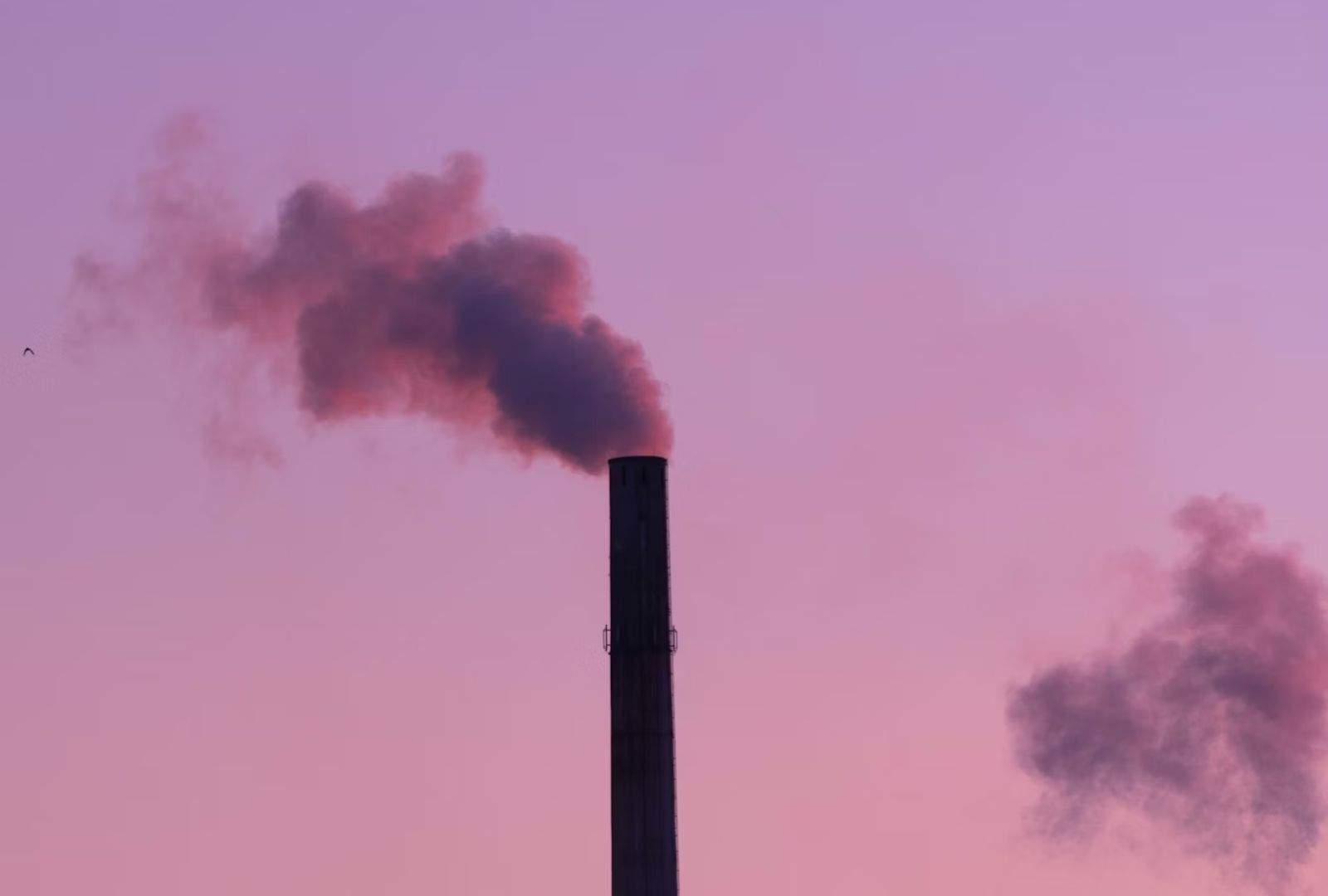Europe is about to embark on an experiment that may be the most important test of whether the world can realistically meet the climate goals in time to prevent the worst impacts of climate change.
Set to launch in 2027, the EU ETS2 (ETS = Emissions Trading System) is a cap-and-trade system that will cover fossil fuels used in transportation and heating. It looks set to become the first carbon pricing system that will directly impact consumers across Europe.
Under ETS2, distributors of heating and transport fuels will be required to measure and verify the greenhouse gas emissions from the fuels they sell and to buy and surrender ETS2 emissions allowances covering these emissions each year.
Naturally, the cost of these allowances will be passed through to the final user of the fuels, expected to mostly be private drivers and householders.
A number of academic studies have suggested that the cost of ETS2 permits could bump up household spending by as much as 1.9% in some EU countries. While households may be able to reduce heating bills to some extent, there is less scope in the short term for private transport to respond to the cost increase, the studies have found.
The European Commission is keenly aware of the cost pressures that ETS2 may bring, and there is scope in the regulations to delay the start of the market by one year if energy prices are deemed to be too high.
In addition, the Commission has set a ‘soft’ price ceiling of €45 per tonne for the first three years, meaning that should the market price of ETS2 permits go higher, it will release additional allowances into the market in an effort to reduce the price.
So how will Europe’s consumers react? The bloc has operated a carbon market for 20 years, so industry is well-versed with the practice of compliance. Under ETS2, fuel distributors will quickly learn how to measure and verify the emissions from their products.
But analysts have predicted that ETS2 allowance prices could climb to more than €100/tonne within five years, and some have even forecast prices of more than €200/tonne.
This sort of price would without a doubt filter through to the consumer in measurably higher prices for fuels, pushing bills higher at a time when Europe is still struggling to deal with structurally higher prices after losing access to Russian gas after the invasion of Ukraine.
In an effort to soften the blow on consumers, the Commission has set up the Social Climate Fund (SCF), which will distribute revenues from the sale of ETS2 permits to “support structural measures and investments in energy efficiency and renovation of buildings, clean heating and cooling and integration of renewable energy, as well as in zero- and low-emission mobility solutions.”
The SCF is also empowered to temporarily offer income support to the most vulnerable consumers.
Whether or not these measures are enough to mitigate the impact is yet to be seen, but the progress of ETS2 will be keenly watched around the world, since Europe is essentially carrying out the first experiment with a consumer-facing climate levy.
Existing carbon market systems such as the “main” EU ETS target business and industry, where the cost of compliance is passed through the supply chain and is considerably diluted by the time it reaches the consumer (find out more about how compliance markets work here).
Personal carbon offsetting regimes, such as the ones often offered by airlines, are mostly voluntary in nature and the price of carbon offsets is in general considerably lower than that of allowances in compliance markets.
Europe’s ‘experiment’ with consumer-facing carbon pricing will offer insights into whether governments can spread the financial burden of climate action beyond big business and into households. Arguably the world needs to find more ways to change behaviour and drive the transition away from fossil fuels, but whether Europe is a good ‘test bed’ for the rest of the world is another question.








